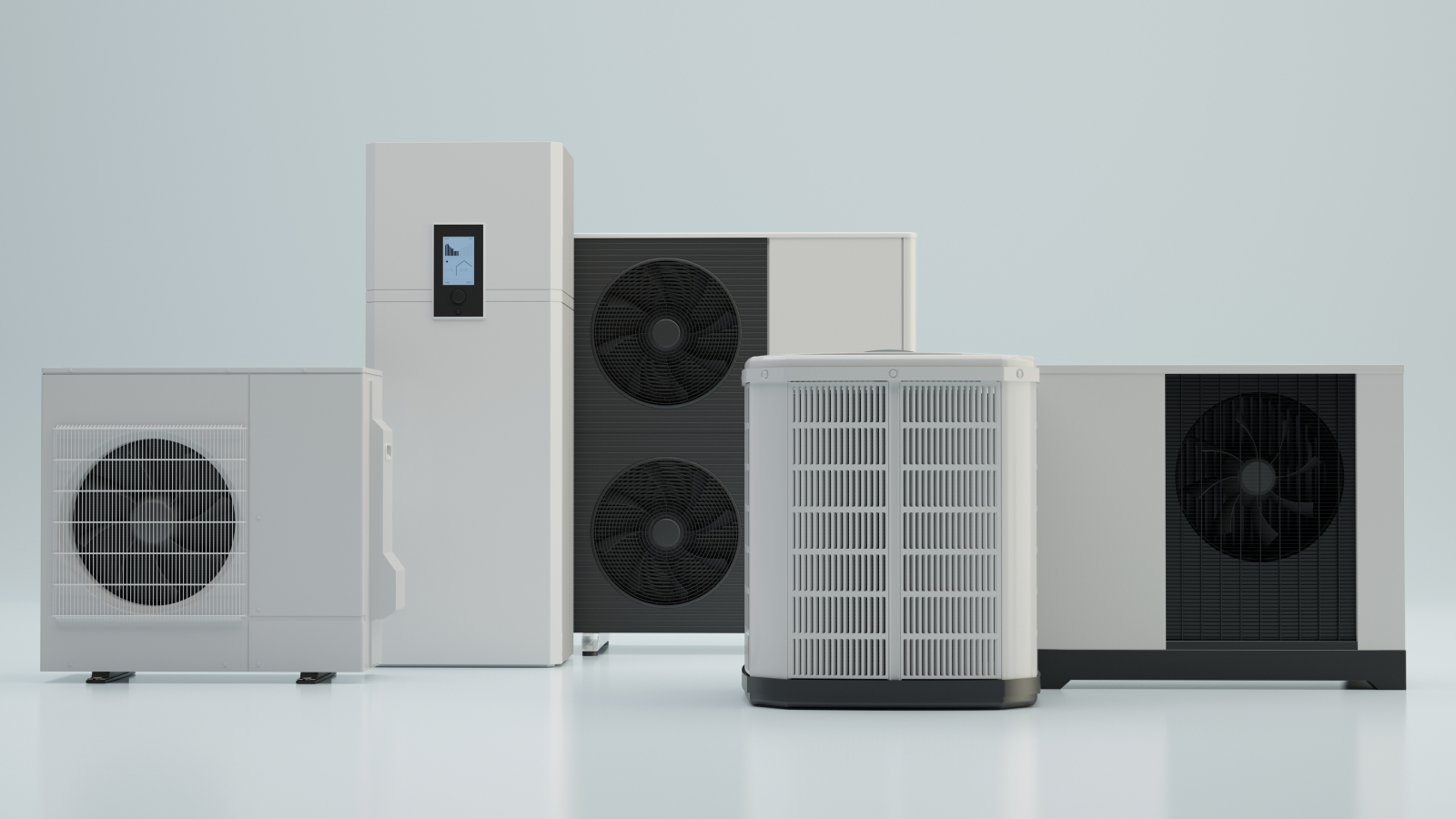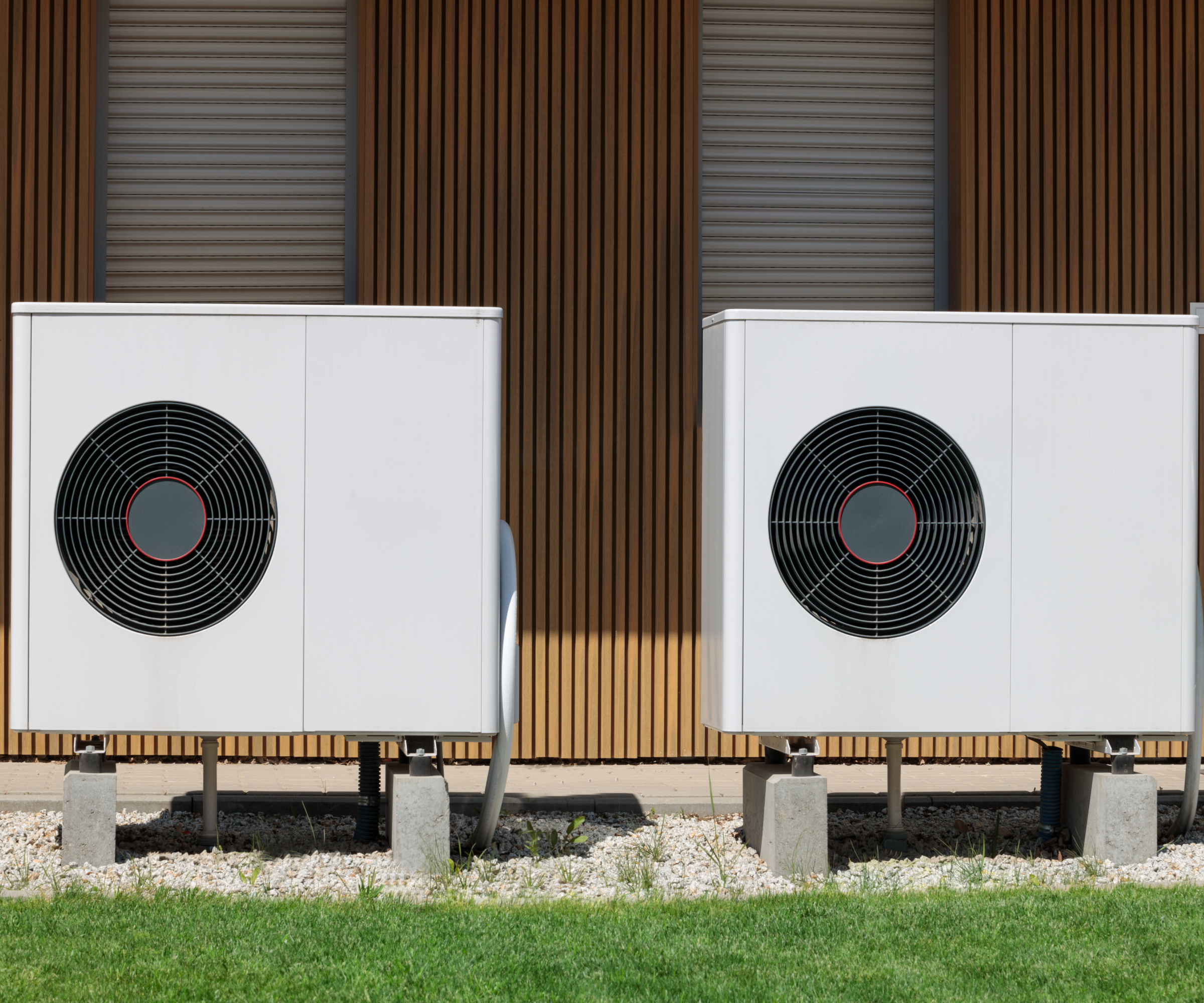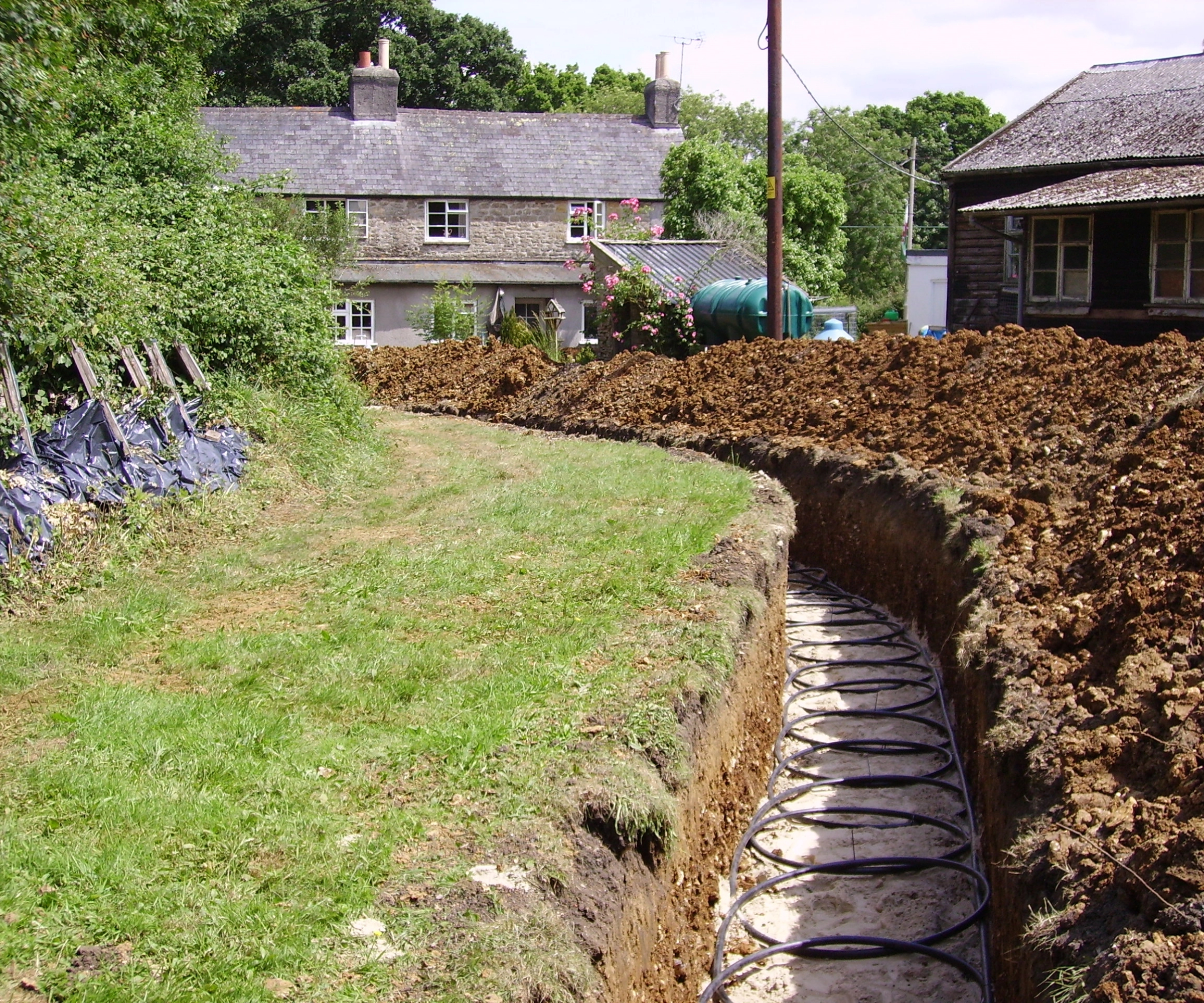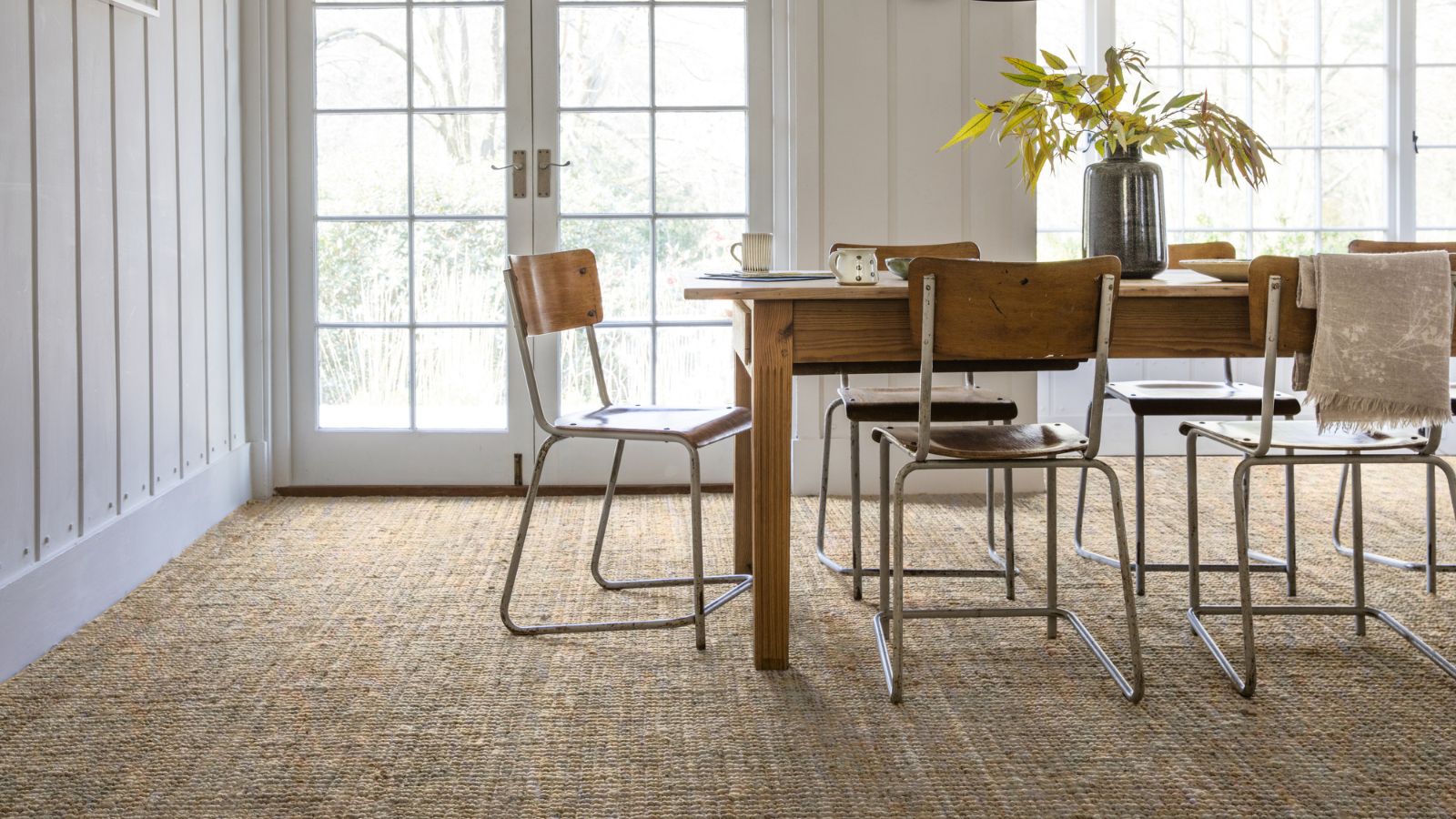Air source heat pump vs ground source heat pump — what's the difference and what's the best option for your home?
Our renewables expert and installer explains the key differences between an air source heat pump vs ground source heat pump, and how to choose between them

If you're looking at heat pumps in the UK, you'll likely be considering an air source heat pump vs ground source heat pump. Air source heat pumps will eventually become standard in new build homes, although both types of heat pump are already a mainstream consideration for self builders or renovators looking to replace existing gas, oil or LPG systems.
At the heart of any type of heat pump is the vapour compression cycle (refrigeration), that uses a refrigerant liquid to absorb heat from the environment and transfer it as useful heat to the home. But how does each type of heat pump differ and when might one be more suitable than the other?
Here, I explain the key differences in order that you can make an informed decision when specifying a heat pump for your home.
Air source heat pump vs ground source heat pump: the main difference
The main difference in how an air source heat pump vs ground source heat pump works is where each unit draws its heat from. The clue of course is in the name, with one using air and the other using the ground.
An air source heat pump draws heat from the air around the heat pump unit. In terms of the air source heat pump positioning, the unit is usually placed outdoors and a fan blows air across a finned heat exchanger containing very cold refrigerant that absorbs heat from the air passing over it.
As the refrigerant absorbs the heat, it ‘boils’ and becomes a gas. This gas then passes into a compressor where it is compressed and rises in temperature due to the pressure. The hot gas then passes through another heat exchanger where the heat from the hot gas is transferred into the central heating water in the home.
A ground source heat pump on the other hand does not have a fan. Instead, installing a ground source heat pump involves burying an array of pipes in the ground. A brine is circulated through these pipes where it absorbs the ground's residual heat. The refrigerant in turn absorbs the heat from the brine. The cycle is then almost exactly the same as in an ASHP.
Bring your dream home to life with expert advice, how to guides and design inspiration. Sign up for our newsletter and get two free tickets to a Homebuilding & Renovating Show near you.
When might an air source heat pump might be best option?
An air source heat pump does not need a ground loop or vertical borehole for pipes, so air source heat pump installation is a lot simpler, less expensive and a lot less disruptive.
For homes with smaller gardens or where the ground conditions are challenging, an air source heat pump is a better option.
Most air source heat pumps units also have the ability to modulate. This means that the output of the heat pump can vary to suit the energy requirements of the home.
The main fan unit is also installed outside the home, but only takes up around the same area as three wheelie bins. It also requires around two metres of free space in front of it to help avoid any cold air short circuiting back into the fan unit.
Inside your home, you will still need a hot water cylinder, but you will not need additional space for lots of new kit or a dedicated plant room. On the other hand, this is something that larger ground source heat pumps may need.
An air source heat pump is usually installed via permitted development rights, which negates the need for a planning application if all the conditions are met.
On the downside, in cold weather an air source heat pump will lose output power. Therefore, a unit that is badged to produce around 16kW may only deliver around 11kW in really cold weather.

When should I consider a ground source heat pump?
Ground source heat pumps take two different forms and it's important to understand how much space does a ground source heat pump need as it can be a lot — especially for a horizontal ground collector loop.
And while a vertical borehole collector can also be an option, the additional cost for the borehole can sometimes double the total ground source heat pump costs.
Given the amount of land required for a ground loop (often around double the floor area of the home) it is easy to understand that ground source heat pump units are better suited to properties that have a reasonable amount of land that can be excavated. It also helps if you happen to have your own digger, or know someone who has, as this can really help mitigate costs for ground works.
In most installations the heat pump itself is installed inside the house so an area around the size of a fridge is required for the heat pump, with the internal pipework and controls often the same size again. If the design requires an additional cylinder, known as a buffer tank, then this could also be the size of a fridge, or possibly bigger. Smaller units are available, but these are more suitable for new homes, flats or apartments.
A ground source heat pump might offer a small potential improvement of efficiency, but both the initial cost and the amount of space you need will be more when compared to an air-source heat pump. That said, a ground source heat pump does not suffer with a drop in output power when the ambient temperature is colder, so effectively it can deliver more heat than a similar sized air source heat pump.
This means that when all things are considered, although a ground source heat pump will work in smaller properties, it is possibly a better bet for larger homes, especially if you have plenty of land around the home that can be excavated.

For more information on the help available with the costs of each type of heat pump, find out how the boiler upgrade scheme could help you, and find out what it's really like to live with a heat pump if you think you might be ready to take the next step.
David is a renewables and ventilation installer, with over 35 years experience, and is a long-standing contributor to Homebuilding and Renovating magazine. He is a member of the Gas Safe Register, has a Masters degree in Sustainable Architecture, and is an authority in sustainable building and energy efficiency, with extensive knowledge in building fabrics, heat recovery ventilation, renewables, and also conventional heating systems. He is also a speaker at the Homebuilding & Renovating Show.
Passionate about healthy, efficient homes, he is director of Heat and Energy Ltd. He works with architects, builders, self builders and renovators, and designs and project manages the installation of ventilation and heating systems to achieve the most energy efficient and cost effective outcome for every home.

